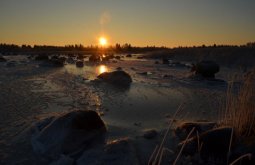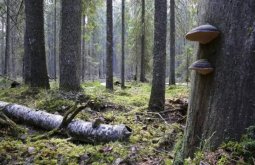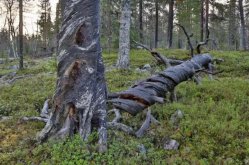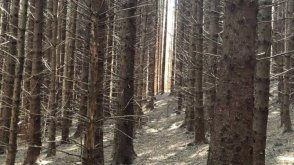So Right...
I really wish these "groups" rushing to replant forests got this but they don't get it....
Up until 10-15 years ago, forestry companies did not have to replant and then laws were dropped on them making it mandatory. Ohhh the ruckus they raised. TOUGH NUGGETS ! but they monocrop ...
Last summer I was out at one of these Replanting Areas which is not for forestry but for recovery work and guess what, only two species of PINE and when I asked what the heck they are doing, their response was, well this is what the forestry folks do... AND THEN to top that off, the guy says, it's also the only saplings we can get. Funny, there is a sapling farm about 100km from me, acres & acres of saplings, wide variety too... Not all Native though, they also service the landscaping companies too, so there's stuff like Russian Olive etc there.
A neighbour (ok a few km's away) has a "Food Forest" which they started about 20 years ago... Holy Cow the stuff growing in there is astonishing and the wildlife is everywhere. Now there are non local trees and plants mixed in there too but nothing that can be classed as "invasive". I would do that too but I won't live long enough to see it produce anything...







